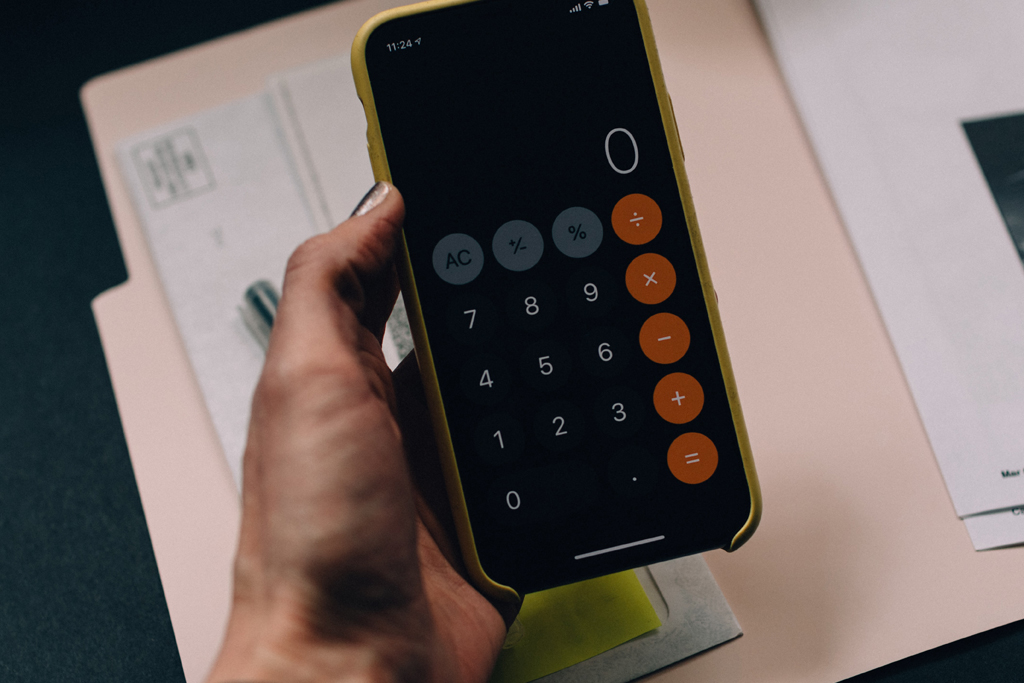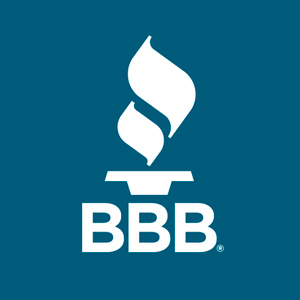Originally posted on CNET: https://www.cnet.com/personal-finance/your-money/how-to-master-your-2022-budget/#:~:text=How%20to%20create%20and%20master%20your%202022%20budget,goals%20…%205%20Explore%20different%20budgeting%20plans%20
Your budget is the lifeline to managing your expenses. Without a budget, you’ll have a harder time keeping track of where your money goes and if you’re spending more than you’re earning.
Now is the time to create a budget or make sure your current one is in tip-top shape. Whether you have a spreadsheet on your computer, budgeting app or pen and paper, here’s how to set up or improve your budget for the new year.
Detail your income
Income is the money you have coming in on a regular basis, like your paycheck. If you have a side hustle or other cash coming in sporadically, it’s good to add this here, even if it’s an estimation or average.
The income you add should be calculated after tax. For instance, if you make $70,000 a year, that’s more than $5,833 a month. But chances are, after taxes are taken out the money in your bank account is much less than that.
Calculate your expenses
Your expenses consist of everything you spend money on. It’s a good idea to have a line item for every major expense you have, like:
- Home payment (rent or mortgage)
- Auto loan
- Student loans
- Personal loan
- Utility payments (electricity, water)
- Insurance (car, health, home)
Other expenses, even the ones that are inconsistent in cost, should get added here. Think things like gas, groceries or things you pay for often but the amount varies. For these items, you can write down the average amount you pay for them every month.
The best place to find out where your money goes is to review your bank and credit card statements. Your transactions detail every dollar spent with your cards. If you tend to be a heavy cash user, this might be a little more work. Each bank account has monthly statements you can review to see how you spend your money.
You can also sync all your accounts with a budgeting app like Mint or You Need a Budget, which tend to auto-categorize your transactions. It’s helpful if you need the nudge when starting out — or accountability.
Check your progress
If your expenses outweigh your income, you’ll have a problem making ends meet in your current setup. This is your chance to not only change your money habits but change your mindset.
If you found that a lot of your money goes toward excess spending, like lots of meals dining out or online shopping, now is the time to restructure your budget. Spend the next month or so tracking your progress and spending. Now that you’re money-conscious, lessening your excess spending might be a bit easier than it was before.
Set money goals
If you’ve never created a budget before, setting money goals early on while keeping your spending in check might feel a bit overwhelming. It’s OK to take it one step at a time. If that’s your case, try setting up your budget and setting your financial goals later on. Budgets are not finite. Rather, they’re always changing and evolving based on your income, expenses and goals.
This is where you shift your expenses. If your goal is to pay off major credit card debt, change your line item to more than the minimum balance due. Sometimes that’s increasing the amount due by $50, $100 or even the full balance. It all depends on what you can afford.
This is also the time to add in savings or investing, if those are some of your goals as well. Many accounts will let you auto-deposit money into your savings or investment accounts. As long as you have a line-item in your budget, you can auto-pay yourself and not worry about overdrafts.
Other accounts will benefit from auto-pay as well. If you can, set up auto-pay on your student loans and even your credit cards so you never miss a payment. If you fall behind, your credit score will take a hit and you might have a hard time borrowing money later on in life.
Explore different budgeting plans
Even though a strong budget app or method is important, you should have a specific budgeting plan in mind.
Zero-based budget: This method is when you give a purpose to every dollar you have. You take your monthly income and assign every dollar to something. If there’s any money left over, you can decide how it should be used: paying off extra debt, saving for an emergency, an upcoming vacation or investing. At the end of every month, your bank account should essentially have zero dollars in it.
Envelope system: This is an old-school method that’s evolved into app form, like Goodbudget. You set a limit for each spending category. For instance, you might cap your grocery spending to $200 every month. Once you’ve spent all the money on that category, you can’t add more to it. The purpose is to help you avoid unnecessary spending. For groceries, you might total up your cart in the store before checkout, rather than grab what you want and head to the register. That way you’re not surprised by the total, and you keep your spending in check.
The 50/30/20 budget: This method breaks down spending into three components: needs, wants and debt repayment or emergency savings. Your needs will devote 50% of your budget to cover things like home and car payments, utilities and paying for anything that has a required amount due every month. The 30% of your wants include flexible spending, like dining out, travel or subscriptions. The last 20% is devoted to paying off debt or saving for an emergency. You could use it to save for other things, like a child’s education, investments or a big expense.
You don’t have to stick with just one budget plan. If you start with one and don’t jive with it, it’s fine to change it up. Be comfortable with change, especially when budgeting.






